![]()
![]()
![]()
Use LEFT and RIGHT arrow keys to navigate between flashcards;
Use UP and DOWN arrow keys to flip the card;
H to show hint;
A reads text to speech;
23 Cards in this Set
- Front
- Back
- 3rd side (hint)
|
Anatomy |
The study of structure |
|
|
|
Physiology |
The study of function |
|
|
|
Levels of Structural Organization |
Chemical, cellular, tissue, organ level, organ system, and organismal |
|
|
|
Four Types of Tissues |
Muscle, connective, nerve, and epithelium |
|
|
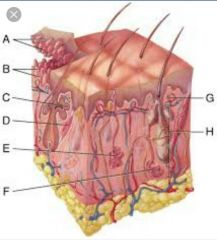
Function of Integumentary System |
Protects deeper tissues from injury, vitamin D, houses pain receptors, sweat and oil glands |
|
|
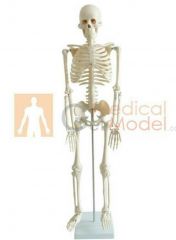
Functions of Skeletal System |
Protects and support body organs, provides framework, store minerals, and blood vessels |
|
|
|
Functions of Muscular System |
Facial expressions, produces heat, and maintains posture. |
|
|
|
Functions of Nervous System |
Responds to internal and external changes by activating muscles and glands |
|
|
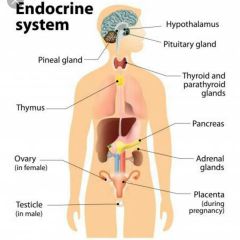
Functions of Endocrine System |
Glands that produce hormones that regulate metabolism, growth and development, tissue function, sexual function, reproduction, sleep, and mood |
|
|
|
Functions of Cardiovascular System |
Transport blood, carries oxygen, carbon dioxide, nutrients, etc. |
|
|
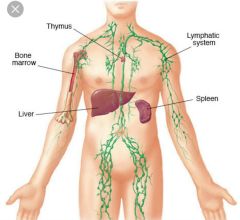
Functions of Lymphatic System |
Houses white blood cells, attack foreign substances |
|
|
|
Functions of Respiratory System |
Keeps blood supplied with oxygen and removes carbon dioxide |
|
|
|
Functions of the Digestive System |
Breaks down foods and place nutrients back into cells |
|
|
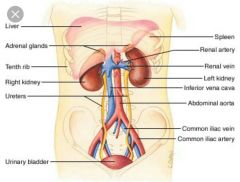
Functions of Urinary System |
Eliminates waste from body and regulates water and acid-base balance of blood |
|
|
|
Receptor |
Monitors environment and responds to stimuli |
|
|
|
Control Center |
Receives input from receptor, processes information, and determines response |
|
|
|
Effector |
Carries out the response |
|
|
|
Negative feedback |
Variable brought back into normal range |
Example: shivering and sweating |
|
|
Positive feedback |
Occurs in dangerous or stressful process must be completed quickly |
Example: tear in blood vessel wall |
|
|
What four organ systems regulate body temperature? |
Integumentary, muscular, cardiovascular, and nervous |
|
|
|
What five organ systems regulate body fluid volume? |
Urinary, digestive, Integumentary, cardiovascular, and lymphatic |
|
|
|
What three organ systems regulate waste production concentration? |
Urinary, digestive, and cardiovascular |
|
|
|
What three organ systems regulate blood pressure? |
Cardiovascular, endocrine, and nervous |
|

